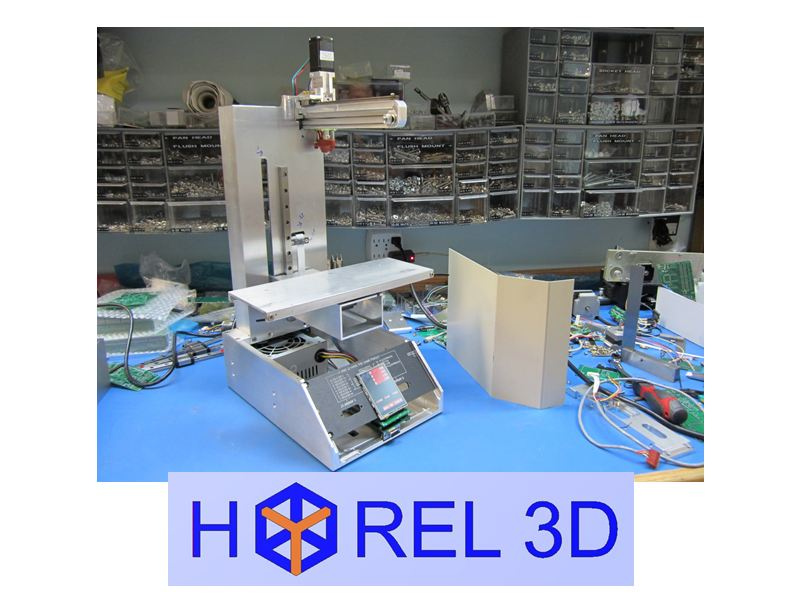| Posted By: faceless105 | Posted on: 2013-09-16 |
Subject: 3D Printing Explained
Anyone who loves the tech side of the world has definitely been seeing more and more headlines about 3D printing, but even still, there's never a ton of information divulged about it other than some new cool prototypes, never much information on the inner workings of a 3D printer itself. So I figured, it's time to take a good look at it. To make this happen, I reached out to a number of people who have been building their own printers.




First things first, how much will it cost to get your own 3D printer?
Like all things, you can pay as much as you want for something. The average going retail price will put a dent in your wallet, coming in at $1,000-2,000. Prices do range though comfortably over $10,000, but if that's a bit too much for you, there are DIY and kickstarter models out there that are trying to make these a common inhouse item for as low as $500.
So what kind of background does it take to print something in 3D?
I'm not an architectural engineer. I've never had any exposure to cad drafting, so what do I know about 3d modelling? As it turns out, most 3D printers are pretty close in their creation to a CNC printer. so you start with a 3D modeled image, and it's run through a program that converts it into slices, then maps each slice out into G-Code, which can then be read by the 3D printer as coordinate data for the three axis'. This is why most 3D printed items have a layered appearance.
There are few printer vendors that tend to charge for their software, so you should be able to start playing around. Luckily there are also places to get already designed items. One of the most surprising things has been the notorious piratebay.org, with a section dedicated to 3D prints.
What kinds of materials do you print with?
The most common materials are thermoplastics. Some 3D printers can also print with nylon or epoxies or resins. Higher grade 3D printers can also print metals, and I've even seen one that could print food. Nearly anything you can melt, cure, bind, sinter, or fuse, can be used by one printer or another.
For the common materials, the thermoplastics, you are in luck, these are pretty affordable, as well as easy to find. The one thing to look out for though is that not all of them are identical. Some have different chemical compositions, so you're better off sticking with a single brand.
How long does it take to print something out?
Naturally like any kind of print, the higher detail and print area, the longer it will take. Actual times will vary on the printers themselves. To put this into context, after asking how long it'd take to print out a typical chess piece, I received answers ranging anywhere from 45 minutes to an hour and a half.
What kind of quality can you expect?
Unlike a normal printer, print resolution no longer matters. a lot of this will vary between your printers, but the degree of steps the printer can make for the finer smaller movements will effect it largely.
Additionally, having mentioned above, because these print in layers, typically with a single material, most 3D printer objects that you see have been smoothed down by hand and likely painted since they are created in only one color, otherwise you would see a layered lined effect.



What's next?
This is still a pretty young field. While these printers have been starting to make a nice splash in the corporate environment, they've yet to really make a strong appearance in the home environment. Speeds, qualities, and colors will likely be the big issues for some people, but there will definitely be a strong future ahead for this industry.
I'd like to give a special thanks to the companies that I've talked to for this article.
Hyrel 3D, DeltaMaker, EventorBot, and Formlabs
Follow this up in the Forum |
|
|
| |

